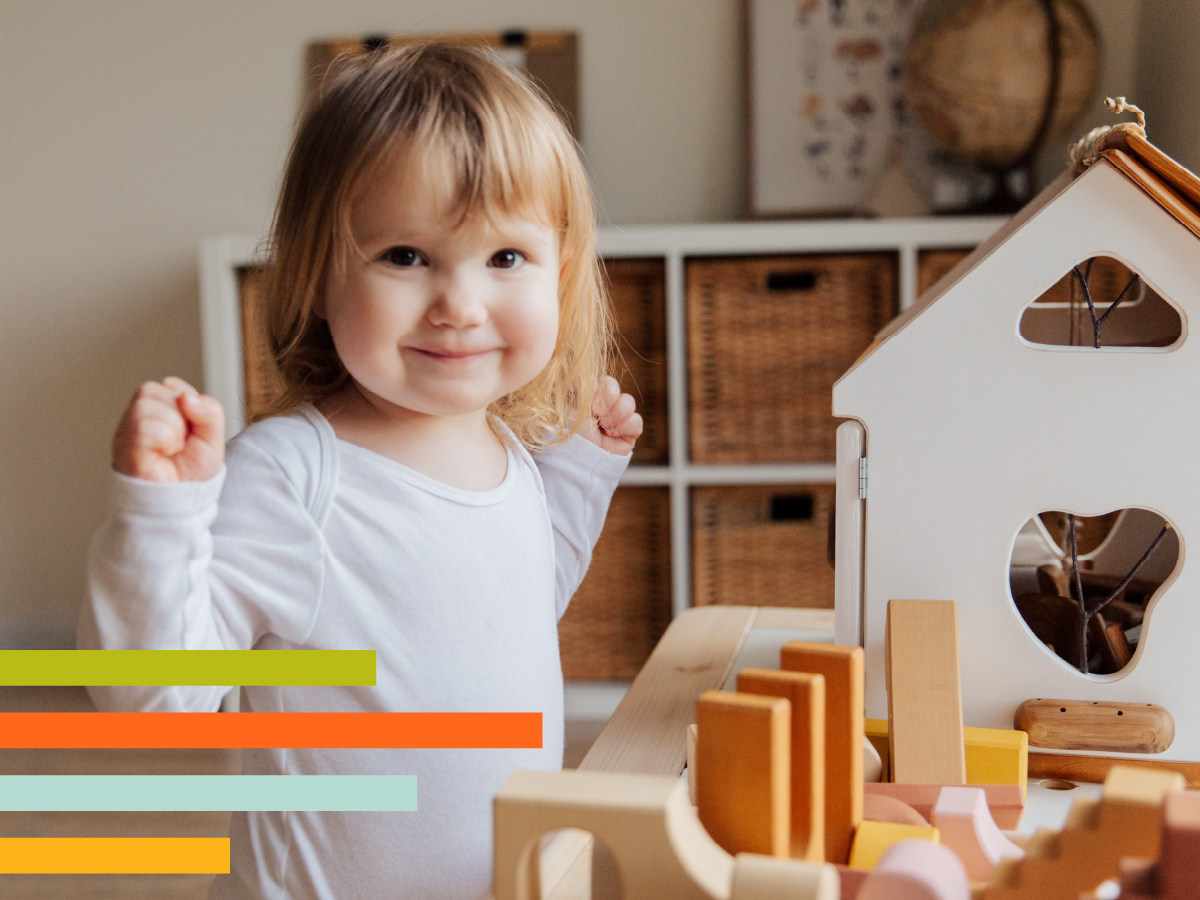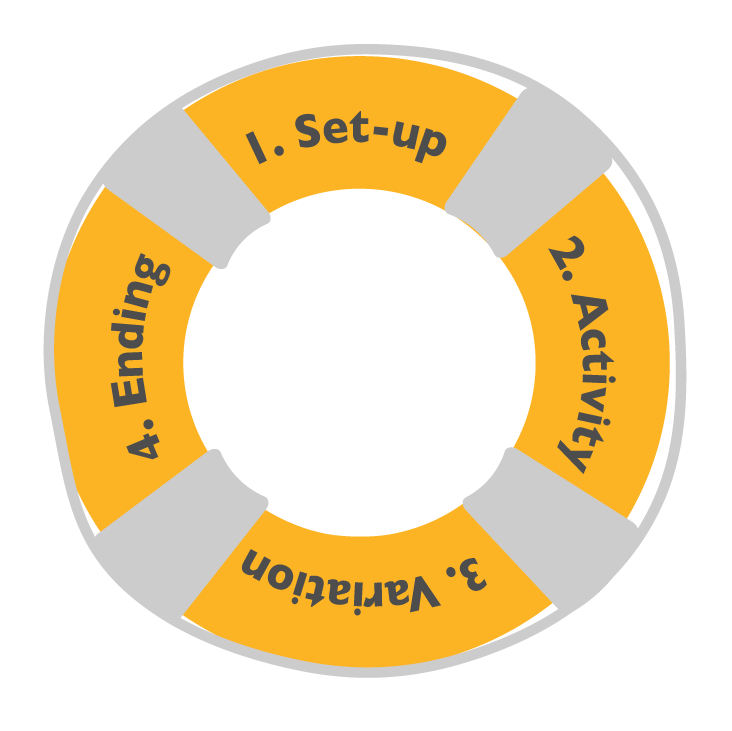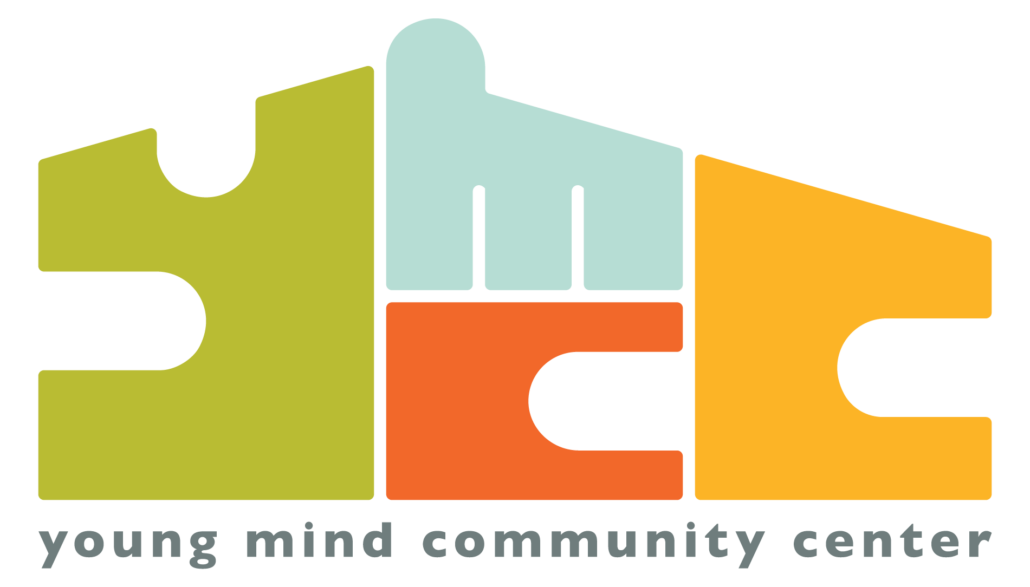
How to Create Transition Strategies for Young Children
How to Create Transition Strategies for Young Children

Transitioning between activities and locations can be challenging for young children, especially when they are being asked to transition from a preferred activity (playing with blocks) to something non-preferred (cleaning up). Difficulty with transitions can manifest in a number of challenging behaviors depending on the child and the environment. It can take the form of mildly annoying whining to a full-blown meltdown. Some of these reactions are the result of kids being overwhelmed by their emotions and others are patterns of behavior they’ve learned that work to successfully delay or avoid the transition. A child told it’s time to leave the playground might throw a tantrum initially because they can’t manage their feelings, but if they’ve found that it works to delay leaving the park, they’re more likely to do it again. As adults, it’s important to recognize the role we have in challenging behavior. The good news is that we can help children be more successful during transitions. Below are 10 tips to support smooth transitions.
10 Tips for Successful Transition Strategies
- Establish routines – One of the simplest ways to improve a child’s behavior is to be more consistent. A consistent routine allows children to understand expectations and consequences and puts them in charge of their behavior. With so many demands on our time and attention, it can be hard to be consistent, so start small. In order to make meaningful change, focus on the one or two transitions that would make the biggest difference in your day. Consistency with these pivotal behaviors will help children to make sense of their world and predict what will happen and will impact other areas of their lives.
- Be predictable – Make sure your child knows what’s coming next. So much of a child’s day is out of their control. Previewing what’s to come adds predictability and helps to organize a child’s world. One useful tool is a visual schedule. Visual schedules show the upcoming sequence of events represented by pictures, words, or a combination (get up, get dressed, brush teeth, eat breakfast, go in the car, go to school, etc.). You can also use the “First…Then” strategy, where you tell your child that first they must complete one activity before moving on to a more preferred activity. For example, “First wash hands, then eat snack.”
- Give lots of warning – Make it clear to your child how much longer the activity will last. Countdowns help children to get emotionally ready for an event. Providing a warning can be as simple as saying, “Five more minutes,” or “It’s almost time to clean up.” A visual timer is a great tool that provides a numerical measure of time as well as a visual of how much time is left. Bring your child’s attention to it when you set it and keep referring to it throughout the activity (Look – there are 5 minutes left! When the red is gone, it’s time to transition.). Alternatively, offer a set number of turns with the activity before moving on and then count them out clearly (10 more pushes on the swing or 3 more times going down the swing). Give lots of warnings for how long your child has left to participate.
- Use a transition object – Allowing your child to bring a favorite object or activity can be comforting. Make a special place for them to keep their toy during the activity and they can pick it up when they’re finished. To add another layer, designate a special toy, book, or other object for use only during the difficult time of day. The novelty will make that time special and add motivation.
- Make it fun – The art of redirection (also known as distraction) can be your secret weapon. Staring down a potential tantrum because it’s time to leave the park? Bring out the bubbles! Can your child stomp bubbles all the way to the car? Can they run through them to get to the parking lot? Can they hop like a kangaroo all the way to the sidewalk? Will they race you to the tree? Get creative and come up with games, songs, and movement activities to get you through key transitions.
- Teach necessary skills – Think about transitions your child is struggling with and consider if your child has the skills necessary to complete the tasks you are asking of them. For example, you may ask yourself, “Does my child know how to brush their teeth independently or do they need assistance?” Practice any skills they are lacking and provide descriptive feedback and praise. Also, pay attention to how much effort the task requires. For example, if your child independently brushes their teeth in the morning, but it takes a great deal of effort, the challenge might be too much at the end of a long day. Consider ways you can decrease the challenging aspects to increase their chance of success.
- Have cues – Have a consistent way of signaling that an activity is over. For younger kids in particular, songs can be especially effective tools to help implement routines and ease transitions. The “clean up” song can be heard in preschools throughout the country for good reason! There are countless other songs to be found (or made up!) to suit a variety of situations from tying shoes to brushing teeth. Visual cues may also be beneficial. Being able to point to a chart with drawings about what to expect from a particular transition or the steps involved can help some children immensely.
- Give choices – You can’t always give your child a choice about stopping one activity and starting another, but you can almost always give them a choice about other things. For example, give your child a choice about things that are part of the transition. For example, “Do you want to bring books or toys in the car?” Make sure to limit options or it might become a big ordeal. If your child won’t choose, you can choose for them. In time, they’ll learn. Also, avoid giving your child a choice about a transition if there isn’t really a choice. For example, when you ask, “Are you ready to clean up?” you suggest a choice. Instead say, “It’s time to clean up!” (After ample warnings, of course.)
- Set the stage for success – Think about how much you are asking of your child from their point of view, and make sure you have their attention. If you’re sensitive to what your child is doing, it can make transitions easier for you both. Using natural breaks in activities is an easy strategy for increasing cooperation. For example, if your child is almost done with a puzzle, can you wait until they’ve finished it before they need to clean up and come to lunch? Choose your timing carefully and make sure your child understands what you are asking. If they are in the middle of playing their favorite game, they might not hear you or understand what you want. In these situations, try sitting next to your child, putting a hand on their shoulder, or asking them to repeat back what you have said. As parents, especially when we feel like we have no patience left to give, we have to slow down and be patient.
- Praise good transitioning – You know the saying, “Where focus goes, energy goes”? This works for behavior, too. Giving kids positive attention is much more effective in changing behavior than focusing on what’s going wrong. Catch your child being good. Be specific in your praise so they know exactly what behavior to replicate and follow up with a reward when appropriate. “You did a great job getting your shoes on all by yourself, now we can go play outside!”
We hope you continue to find value in our blog on daily routines. Check out our previous article on how to create a successful bedtime routine for young children. For more helpful hints and free checklists, visit our Early Childhood Tools page on our website!

Sorry, the comment form is closed at this time.